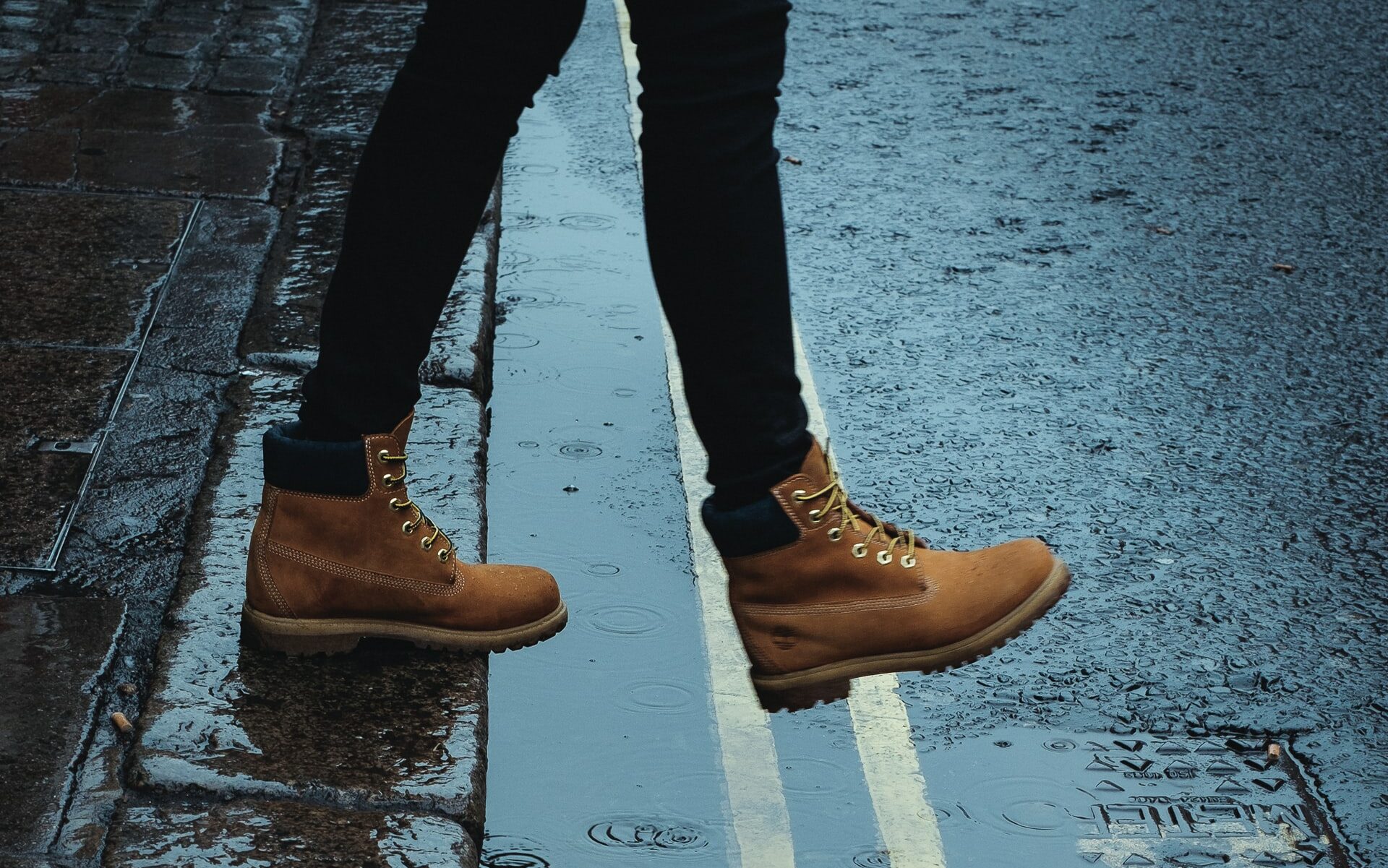In my last post I wrote about the first two of the three concepts I came up with for my upcoming project. This post is solely dedicated to the third concept, which set the direction for the further course of my project development.
I play the drums and other percussion instruments, and as soon as I have any kind of a beat in my ear, I struggle to keep my body completely still. Sometimes my fingers drum against my thighs, at other times I just wiggle my toes within my shoes. Another one of those situations is when I am walking with my headphones on and align my steps to the beat. This sparked an idea in my head. What if it was the other way around? What if the music would align itself to the steps I take?

Essentially, this idea grew into a concept of creating a smartphone app which generates a soundscape that is influenced by movements tracked with the phone’s accelerometer. When starting the app, a basic manual selection defines the theme (or mood) the soundscape should follow. In a practical manner, this theme would have an influence on a number of factors, but most importantly, the selection of sounds, instruments and even keys that are used. Upon starting the experience, a generative soundscape builds up creating a unique synergy of sounds, based primarily on the movements of the phone (and thereby the person carrying it), but also on other factors, such as the current time or eventually also the weather. This should lead to a soundscape that fits to its surroundings and sounds differently in a rainy night than on a sunny day, even if the same theme was chosen.
The soundscape should never become completely silent – but rather always be filled with inert sounds, such as pads, that will also only react very subtly to movements. Percussive and other “short” elements should get triggered by steps. The listening experience should eventually also get a musical character, by calculating the step tempo and a subsequent anticipation of steps. Other musical constructs such as bars should also play a role. A sudden stop of movements can never be fully anticipated, but there is also no need to be clinically exact – the focus should rather lie on providing an organic experience, with a beat gradually breaking down on a stop.
One of the major challenges of this concept is to create an everchanging soundscape that does not get boring – neither while using it for more than an hour, nor when using it on a regular basis. One remission would be the use of as many external or random factors as possible to influence the soundscape. Additionally however, it would be important to set up a framework that makes it very easy to implement new themes and add new sounds or instruments. But all challenges aside, at this point I am definitely at least as keen on trying out this app myself, as I am on attempting to develop it.